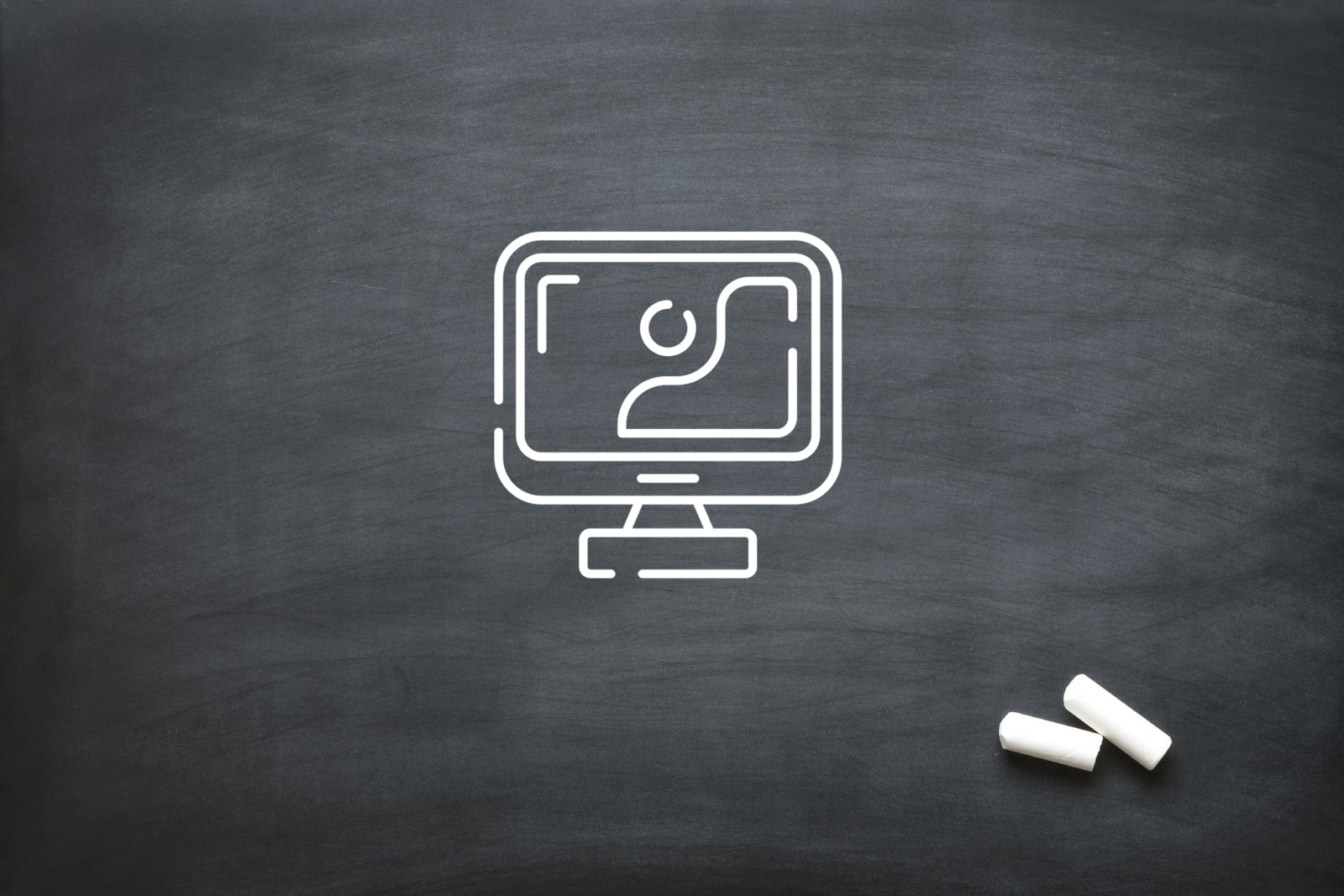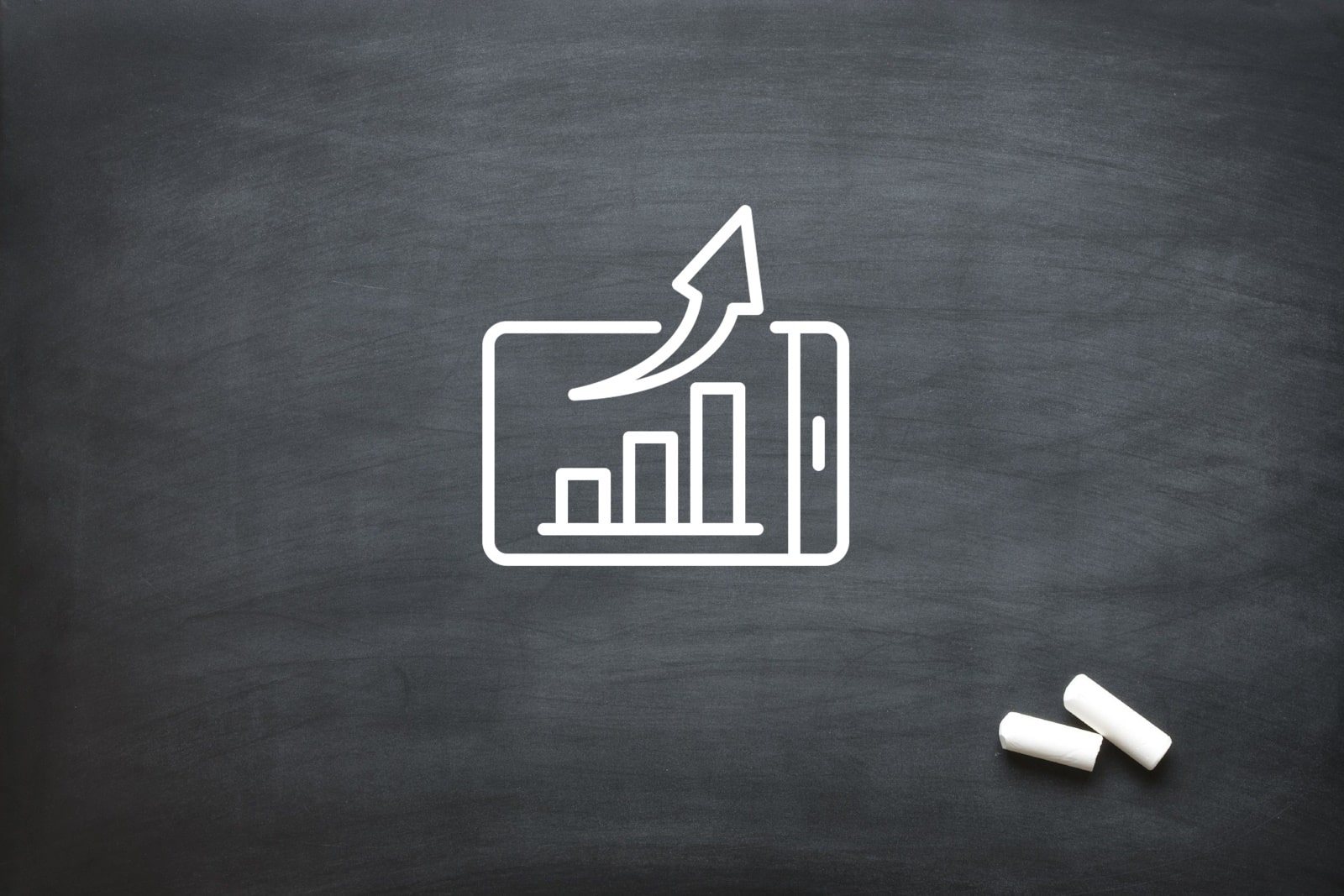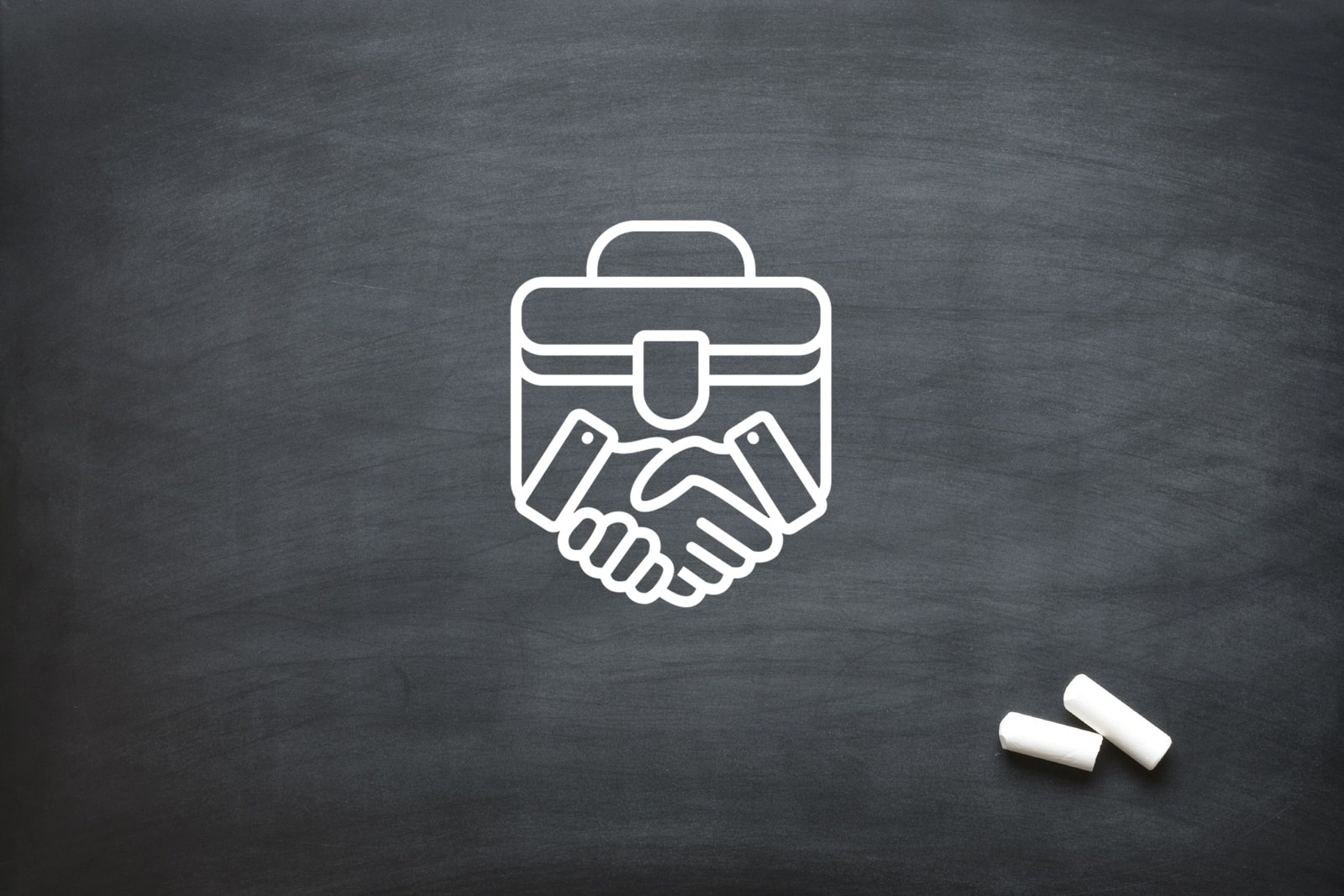
2D and 3D Animation in Business
Businesses today are constantly looking for new ways to engage their audiences. Visual content has become a key part of marketing, education, and internal communications. Animation is a versatile tool that can explain complex ideas, tell compelling stories, and leave a lasting impression. But when it comes to choosing the right style, should you go with 2D or 3D animation? Understanding the strengths of each can help you make the right decision for your project.
We break down the differences between 2D and 3D animation, explore their benefits for businesses, and show how to get the most out of animated content. Whether creating a short explainer video or a full-scale simulation, choosing the style that best suits your objectives is essential.
What is 2D Animation and How It Engages Audiences
2D animation involves creating movement in a flat, two-dimensional space. Characters and objects are illustrated in height and width, without depth, and are brought to life through sequential frames or vector-based graphics. This style is often associated with cartoons and explainer videos, but it is incredibly flexible. 2D animation captures attention with its stylised look, expressive characters, and clear storytelling, making it ideal for businesses that want to communicate ideas quickly and memorably.
For companies, 2D animation works particularly well when you want to simplify complex topics or highlight a process. The visual clarity and artistic freedom allow 2D animators to convey messages in a way that feels personal and approachable. With expressive movements and bold colours, it can also evoke emotions, making it easier to connect with audiences. For marketing, training, and social media content, 2D animation offers speed, cost-effectiveness, and a distinctive style that stands out.
What is 3D Animation and Its Business Advantages
3D animation creates visuals in a three-dimensional space with height, width, and depth. This makes characters and objects appear lifelike, as they can be rotated, moved, and viewed from multiple angles. 3D animation is perfect for projects that require realism, detailed environments, or immersive storytelling. It adds a layer of sophistication and can make even complex concepts easier to understand by showing them in a realistic setting.
The business advantages of 3D animation are significant. Studies have shown that video content, including 3D animations, can increase user engagement by up to 80%. This is due to the realistic depth and movement that capture attention faster than static images. Additionally, research indicates that viewers retain 95% of a message when they watch it in a video, compared to only 10% when reading text. 3D animations elevate this retention by making information more memorable.
Key Differences Between 2D and 3D Animation
The choice between 2D and 3D animation often comes down to style, complexity, and production needs. 2D animation is simpler to produce and generally quicker, as it requires fewer technical steps and less computational power. It is ideal for projects that prioritise storytelling, emotion, or stylised visuals. In contrast, 3D animation is more technical and resource-intensive, involving modelling, rigging, lighting, and rendering, which adds realism and flexibility to the visuals.
Another key difference lies in audience perception. 2D animation can feel approachable and personal, making it excellent for explainer videos or marketing that relies on charm and clarity. 3D animation conveys realism and immersion, which can increase engagement in scenarios that need detail, dynamic movement, or spatial depth. Understanding these differences allows businesses to match their animation style with project goals, budget, and timeline.
Pros and Cons of 2D Animation for Business
2D animation has stood the test of time because it’s simple, cost-effective, and creative. For many businesses, it’s an ideal way to communicate messages clearly and with personality. It works brilliantly for explainer videos, educational content, and social media marketing, where quick and direct storytelling matters most.
Pros of 2D Animation:
- Cost-effective: 2D animation usually requires fewer resources, making it more budget-friendly.
- Faster production: Projects can be completed quicker than with 3D animation.
- Clear communication: Simplified visuals make complex topics easier to explain.
- Creative flexibility: 2D animators can explore artistic, stylised looks that fit your brand’s personality.
However, 2D animation isn’t perfect for every purpose. Because it’s flat and stylised, it can’t always match the realism or immersive quality of 3D animation. For brands that rely heavily on lifelike visuals, like product marketing or technical demonstrations, 2D might not deliver the desired impact. It’s best suited for projects where storytelling and clarity are more important than visual realism.
Pros and Cons of 3D Animation for Business
3D animation brings ideas to life with realism, movement, and depth that 2D simply can’t replicate. It’s perfect for businesses wanting to showcase products, create realistic training simulations, or give audiences a “wow” experience. Studies show that 3D visuals can increase viewer engagement by up to 80%, and people remember up to 95% of a message delivered through video compared to just 10% through text, making 3D animation a powerful communication tool.
Pros of 3D Animation:
- Highly realistic visuals: Great for demonstrating real-world objects, products, or environments.
- Reusable assets: Once created, 3D models can be adapted and reused for future projects.
- Stronger audience engagement: Depth and movement help hold attention longer.
- Versatile applications: Useful in marketing, safety training, education, and virtual environments.
On the downside, 3D animation tends to be more time-consuming and costly. It also requires a higher level of technical skill and detailed rendering, which can extend production timelines. Still, the investment can pay off significantly for brands that want to stand out, particularly when accuracy and realism are essential. For many businesses, 3D animation offers a polished, professional look that leaves a lasting impression.
When to Choose 2D Animation
Choose 2D animation when your priority is speed, affordability, or emotional connection. It is particularly effective for explainer videos, marketing campaigns, educational content, or social media projects. 2D animators can craft expressive characters and stylised visuals that make your message clear and memorable. Projects that do not require complex camera movements or lifelike realism benefit most from this style.
Additionally, 2D animation is ideal for businesses with smaller budgets or tight deadlines. It allows you to communicate ideas quickly without sacrificing engagement. The simplicity of the visuals can make the content more approachable, which is perfect for training videos, internal communications, and storytelling campaigns aimed at connecting with audiences on a personal level.
When to Choose 3D Animation
3D animation is the right choice when realism, depth, and immersion are critical. Use it for product demonstrations, virtual tours, complex simulations, or high-end marketing campaigns. Its ability to replicate real-world perspectives and movements makes content more believable and engaging, which is particularly useful for technical or immersive projects.
This style is also suited to industries that benefit from spatial understanding, such as engineering, medical training, or manufacturing. 3D animation allows viewers to see objects, processes, or scenarios from multiple angles, creating a highly interactive and memorable experience. Businesses with the budget and time to invest in high-end visuals will find 3D animation highly effective at capturing attention and conveying complex messages.
Combining 2D and 3D for Maximum Engagement
For businesses that want the best of both worlds, blending 2D and 3D animation can create incredibly engaging and memorable content. This hybrid approach allows you to mix the creativity and expressiveness of 2D with the depth and realism of 3D. When used together, they can make your brand stories stand out while keeping production practical and flexible. It’s a smart way to balance visual impact and storytelling efficiency.
Benefits of Combining 2D and 3D Animation:
- Enhanced depth and contrast: 2D elements can highlight certain visuals while 3D adds realism and dimension.
- Creative storytelling: Using both styles helps tell stories with emotion, scale, and variety.
- Flexibility across platforms: Works well for marketing, training, and explainer videos alike.
- Unique visual identity: Combining styles can give your brand a signature look that audiences remember.
By combining the simplicity of 2D with the immersion of 3D, you can appeal to both logical and emotional sides of your audience. The two techniques complement each other beautifully, 2D animation grabs attention and sets tone, while 3D visuals draw viewers into your world. This layered approach not only boosts engagement but also strengthens brand recall, helping your message stick long after the video ends.
Both 2D and 3D animation offer unique advantages for businesses. 2D animation is excellent for stylised storytelling, expressive characters, and quick production. 3D animation excels in realism, immersion, and dynamic visuals. The choice depends on your goals, budget, timeline, and the type of engagement you want to achieve. Combining both styles can provide the best of both worlds and elevate your content even further.
If you are ready to boost engagement with high-quality animated content, get in touch with us at Oliver Karstel Creative Agency. Our team can help you decide whether 2D, 3D, or a hybrid approach is right for your project and bring your ideas to life in ways that captivate your audience and achieve results.






